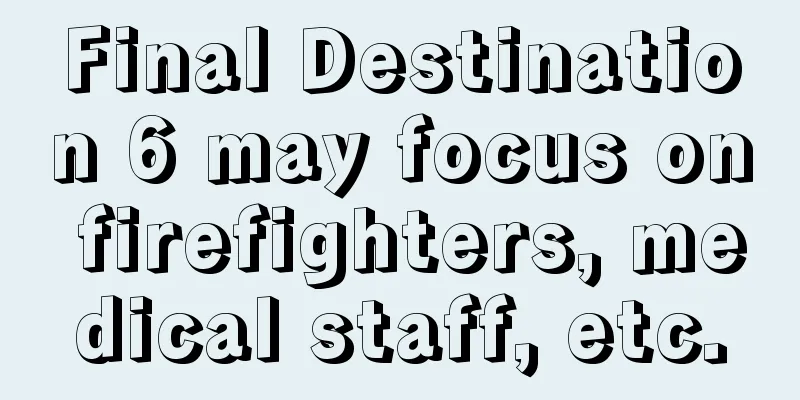The Tango of the Red Demon and the Blue Demon: The Appeal and Evaluation of the 1977 Edition of "Minna no Uta"
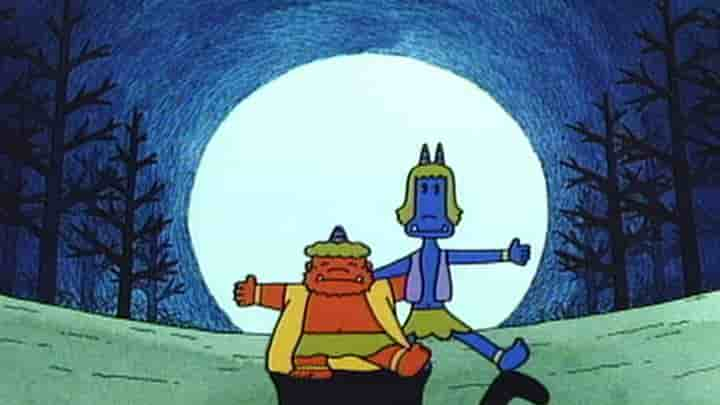
The Tango of the Red Demon and the Blue Demon - The Appeal and Evaluation of Minna no Uta (1977 Edition)"Aka Oni to Ao Oni no Tango" is an animated work that was produced as one of the songs for "Minna no Uta" (Everyone's Songs) broadcast on NHK Educational TV (now NHK E-Tele) in 1977. This work left a strong impression on viewers in its short two-minute run, and has continued to be loved for many years. Below, we will take a detailed look at the background, production process, evaluation, and appeal of this work. Background of the work"Minna no Uta" is a children's music program that has been broadcast on NHK since 1961, and is known for introducing new songs and animations every month. "Aka Oni to Ao Oni no Tango" was broadcast in December 1977, and attracted attention as a song that incorporated tango rhythms, which was rare at the time. The lyrics of this song were written by Zenzo Matsuyama and the music was composed by Yoshinao Nakata, and the unique melody and lyrics captured the hearts of viewers. Production ProcessThe animation was produced by Norio Hikone, an animator known for his unique touch and humorous style, and he fully demonstrates his talent in "Red and Blue Oni's Tango." The animation revolves around the scene where the red and blue oni dance the tango, and is characterized by colorful and dynamic visuals. Although the production period was short, Norio Hikone's creativity and technical ability resulted in a highly polished work. Story and CharactersThe story of "Red and Blue Oni's Tango" is very simple. While dancing the tango, the red and blue oni ask each other, "Who are you?", and eventually they answer, "I'm the red oni" and "I'm the blue oni." This simplicity has in turn stimulated the imagination of the viewers, making the work beloved by many people. The character designs are also fascinating. The red ogre has red skin and horns, while the blue ogre has blue skin and horns. The expressions and movements of both ogres are drawn with Norio Hikone's distinctive touch, making for a visual treat. In the tango dancing scene, the two ogres' synchronized movements are beautifully expressed, drawing the viewer in. Music and lyricsThe music for "Red and Blue Demons Tango" was written by Yoshinao Nakata and is based on the rhythm of tango. Tango is passionate and dramatic music, and this song shows these characteristics well. The lyrics were written by Zenzo Matsuyama and depict the dialogue between the red and blue demons in a humorous way. The phrase "Who are you?" in particular is one that is strongly remembered by viewers. Evaluation and impact"Red Oni and Blue Oni's Tango" was highly praised when it was first broadcast. Viewers commented that it was "interesting" and "memorable," and there were many requests for it. It was also praised from an educational point of view, and was positioned as a work that conveys the joy of music and animation to children. This song has been known as one of the most popular songs on "Minna no Uta" for many years. Even in the 2000s, it was repeatedly rebroadcast and continues to be loved by new generations. Furthermore, with the spread of the Internet, it became possible to watch it on video sharing sites such as YouTube, spreading its appeal to even more people. Appeal of the workThe appeal of "Red and Blue Demons' Tango" is its simplicity and humor. In just two minutes, it leaves a strong impression on viewers thanks to the simplicity of the story and the appeal of the characters. The rhythm of the tango, combined with the humorous dialogue in the lyrics, has the power to entertain viewers. Another big attraction is the animation, with its unique touch by Norio Hikone. The colorful and dynamic visuals are visually enjoyable and have been accepted by a wide range of people, from children to adults. In addition, the movements of the red and blue demons are drawn to the rhythm of tango, which has the power to draw the viewer in. Recommendations and related works"Red Demon and Blue Demon's Tango" is a work that can be enjoyed by both children and adults, and is especially recommended for those who like animation and music. It is also a work that can be enjoyed by those who are interested in the rhythm of tango. Please check out other songs and animations of "Minna no Uta" as a trigger for this work. Related works include the songs "Grandpa's Old Clock" and "Pata Pata Mama" from "Minna no Uta," which were also produced by Norio Hikone. These works also feature Norio Hikone's unique touch and humorous style, so be sure to check them out. Also, for those who are interested in the rhythm of tango, we recommend the films "Tango Lessons" and "The History of Tango." summary"Tango of the Red and Blue Demons" is an animated work produced as one of the songs for "Minna no Uta" broadcast in 1977. In just two minutes, it left a strong impression on viewers and has been loved for many years. The appeal of this work lies in its simple story, humorous characters, and the humorous dialogue between the tango rhythm and lyrics. Norio Hikone's unique animation is also a big attraction, making it a visual treat. "Tango of the Red and Blue Demons" is a work that can be enjoyed by children and adults alike, and is especially recommended for those who like animation and music. Please use this work as an opportunity to check out other songs and animations on "Minna no Uta". |
>>: New Star of the Giants: A thorough review of episode 7 and the fifth movie
Recommend
Warner Bros. will use AI to help decide which movies to develop
According to foreign media reports, Warner Bros. ...
Bandai launches Nezha and Ao Bing action figures for "Nezha: The Devil Child Comes into the World"
Bandai Namco announced the launch of the first fu...
Mother's Gentle Hands: A thorough review of a moving anime that depicts the warmth of motherhood
"Mother's Gentle Hands" - The charm...
Review of "The Shepherd of the Great Library": The appeal of an epic story and profound themes
"The Shepherd of the Great Library" - A...
Trailer for the movie "Ghost Town" adapted from the hot-blooded manga starring Toma Ikuta
The movie "Ghost Town", adapted from th...
The animated film "Paradise" celebrates its 6th anniversary. The artist released a commemorative picture
At present, the CG animated film "Rakuen Cha...
"Beautiful Name": Reassessing the moving song of everyone
Beautiful Name - Minna no Uta "Beautiful Nam...
Tales of Luminaria -The Fateful Crossroad-: A look into the depths of the story and characters
The appeal and reviews of Tales of Luminaria -The...
The appeal and reviews of "To Heart": A moving story and deep characters
"To Heart" - A masterpiece anime depict...
Review of "Love Story of Wakakusayama": A moving story and charming characters
Love Story of Mt. Wakakusa - Love Story of Mt. Wa...
Screenwriters and actors collectively stopped working, and the sequel to the sci-fi masterpiece "Tron: Legacy" was postponed indefinitely
Do you still remember the classic sci-fi movie &q...
IGN's Best Movies and TV Shows of 2018 Revealed
IGN's Game of the Year 2018 has been announce...
The war is coming and we can't lose our image. Captain Marvel's beauty makeup made her appearance but angered the public
Brie Larson, who plays Captain Marvel, appeared i...
Young Sheldon Season 7 trailer premieres on February 15
Today (February 12), the Super Bowl trailer for t...
The appeal and reviews of "Darling in the Franxx": A story of robots and youth
Darling in the Franxx: A story of hope and strugg...


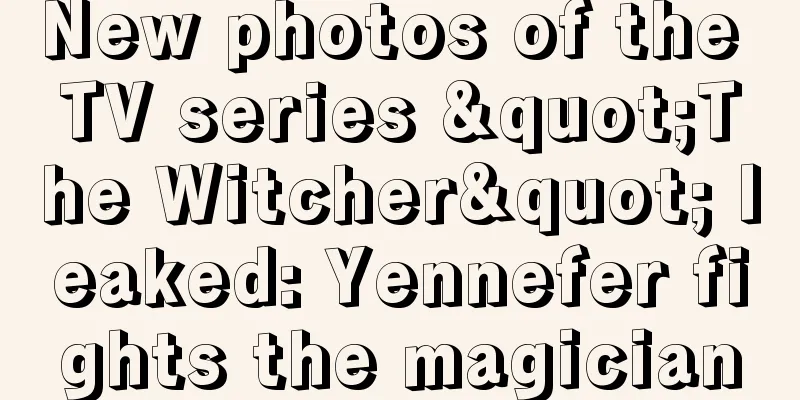
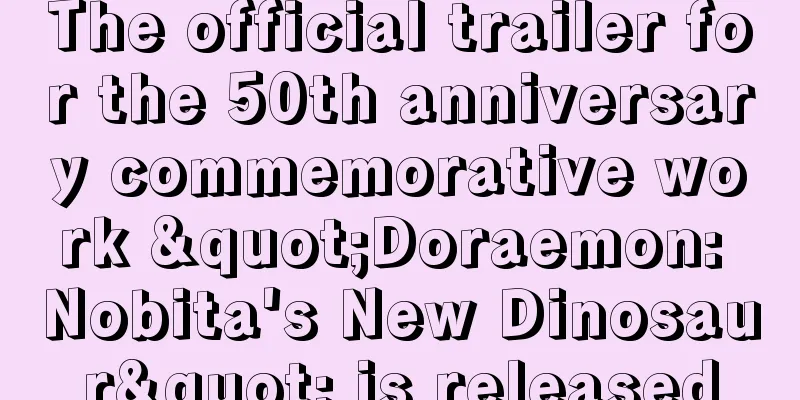

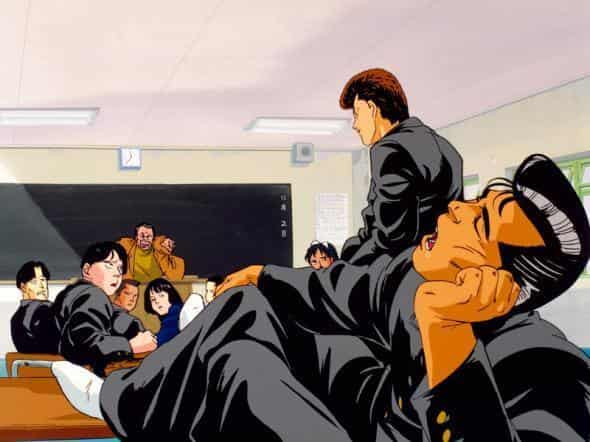


![STRAY SHEEP Poe's Christmas [Pilot] - Its Appeal and Evaluation: Quality that Exceeds Expectations](/upload/pic/02793.jpg)
